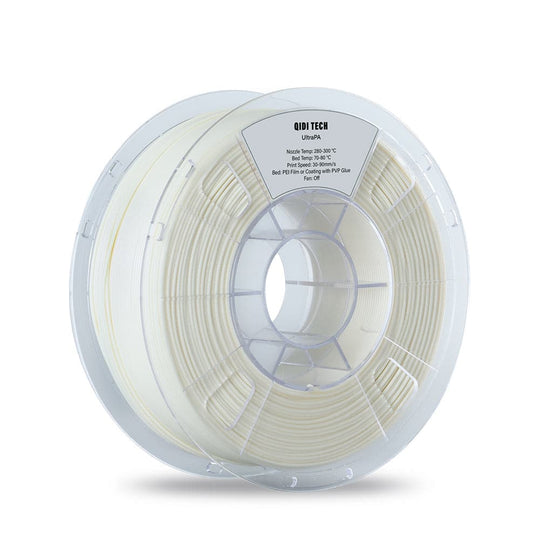Unlock the Secrets to Choosing the Perfect 3D Printer Filament for Stunning Creations!
3D printing has revolutionized the way we create and innovate, allowing enthusiasts and professionals alike to bring their ideas to life. However, the journey to stunning 3D prints begins long before the printer starts its work; it starts with selecting the right filament. With a diverse range of filaments available on the market, each with unique properties, choosing the best quality 3D printer filament is crucial for ensuring the success of your projects. The filament you select can drastically impact the quality, durability, and aesthetic of your prints. In this article, we will delve into the various types of filaments, the key factors to consider when making a purchase, how to evaluate filament quality, and common mistakes to avoid, equipping you with the knowledge needed to make informed decisions.

Understanding 3D Printer Filament Types
When it comes to 3D printing, understanding the different types of filaments available is essential. The most popular types include PLA, ABS, and PETG, each catering to specific project needs. PLA (Polylactic Acid) is a biodegradable filament known for its ease of use and low warping, making it ideal for beginners and general-purpose printing. ABS (Acrylonitrile Butadiene Styrene), on the other hand, is favored for its strength and durability, often used in functional parts and prototypes. PETG (Polyethylene Terephthalate Glycol) strikes a balance between the two, offering durability and flexibility, making it a favorite for both beginners and experienced users. There are also specialty filaments such as TPU (Thermoplastic Polyurethane) for flexible prints and nylon for high-strength applications. Understanding these materials and their properties can help you select the right filament for your specific needs.
Factors to Consider When Choosing Filament
Choosing the right filament goes beyond just picking a type; several factors must be considered to align your choice with your project requirements. First and foremost, compatibility with your 3D printer is critical. Not all printers can handle every type of filament, so be sure to check your machine's specifications. Additionally, consider the desired print quality—higher-quality filaments often yield better results, especially for detailed designs. Ease of use is another vital factor; some filaments are more forgiving than others, which is especially important for novice users. Finally, think about durability and the intended use of your printed object. For instance, if the print will be exposed to stress or environmental factors, a more robust filament may be necessary. Balancing these factors will lead you to the most suitable filament for your projects.
Evaluating Filament Quality
Not all filaments are created equal, and assessing filament quality is crucial for achieving the best results. One of the primary aspects to evaluate is diameter consistency. Quality filaments should have a uniform diameter, as inconsistencies can lead to extrusion problems and print failures. Additionally, consider color fidelity—high-quality filaments maintain their colors well during printing, ensuring that your final product matches your expectations. Mechanical properties such as tensile strength and flexibility are also important, especially for functional parts. To identify reputable sources, seek out brands that provide detailed specifications and have transparent manufacturing processes. Reading user reviews and seeking recommendations from fellow 3D printing enthusiasts can also guide you in finding the best quality filament available.
Common Mistakes to Avoid
While diving into the world of 3D printing, it's easy to make mistakes when selecting filament. One common pitfall is choosing a filament based solely on price; while it can be tempting to opt for the cheapest option, this can lead to poor print quality and frustration. Another mistake is ignoring the specifications of your 3D printer; not all printers can handle every type of filament, and using incompatible materials can result in print failures. Additionally, neglecting to read reviews or seek advice can lead you to subpar products. Instead, take your time to research and consider all factors before making a purchase. Learning from the experiences of friends or fellow creators can provide valuable insights that help you avoid these common missteps.
Final Thoughts on Selecting Top-Quality Filament
In summary, selecting the best quality 3D printer filament is a critical step in the 3D printing process that can significantly affect the outcome of your projects. By understanding the various types of filaments, considering key factors such as compatibility and quality, and avoiding common mistakes, you can enhance your 3D printing experience. Remember, taking the time to research and experiment with different options will not only help you achieve stunning results but also elevate your skills as a 3D printing enthusiast. So go ahead, unleash your creativity, and enjoy the endless possibilities that come with high-quality 3D printing filaments!








